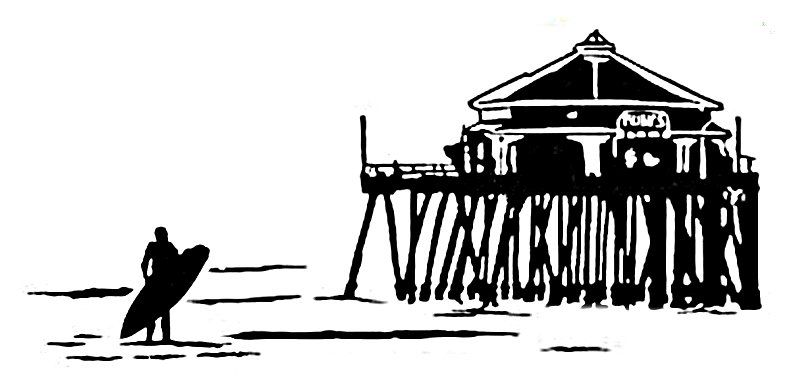WATER
Never pour water down the drain when there may be another use for it such as watering a plant or garden, or for cleaning.
Verify that your home is leak free. Many homes have hidden water leaks. Read your water meter before and after a two-hour period when no water is being used. If the meter does not read exactly the same, there is a leak.
Repair dripping faucets by replacing washers. If your faucet is dripping at a rate of one drop per second, you can expect to waste 2,700 gallons per year. This adds to the cost of water and sewer utilities, or can strain your septic
Retrofit all household faucets by installing aerators with flow restrictors.
Check for toilet tank leaks by adding food coloring to the tank. If the toilet is leaking, color will appear in the toilet bowl within 30 minutes. Check the toilet for worn out, corroded or bent parts. Most replacement parts are inexpensive, readily available and easily installed. (Flush as soon as test is done, since food coloring may stain tank.)
Replace or adjust the toilet handle if it frequently sticks in the flush position letting water run constantly.
Operate automatic dishwashers and clothes washers only when they are fully loaded. Set the water level for the size of load you are using.
Take shorter showers. Replace your shower head with an ultra-low-flow version. Some units are available that allow you to cut off the flow without adjusting the water temperature knobs.
Place a bucket in the shower to catch excess water and use this to water plants. The same technique can be used when washing dishes or vegetables in the sink.
In the shower, turn water on to get wet; turn off to lather up; then turn back on to rinse off. Repeat when washing your hair.
Install a toilet dam or displacement device such as a bag or bottle to cut down on the amount of water needed for each flush. Be sure installation does not interfere with the operating parts.
Insulate your water pipes. You'll get hot water faster and avoid wasting water while it heats up.
Store drinking water in the refrigerator. Don't let the tap run while you are waiting for cool water to flow.
Do not use running water to thaw meat or other frozen foods. Defrost food overnight in the refrigerator or use the defrost setting on your microwave.
Start a compost pile as an alternate method of disposing of food waste instead of using a garbage disposal. Kitchen sink disposals require lots of water to operate properly. Garbage disposals also can add 50 percent to the volume of solids in a septic tank, which can lead to malfunctions and maintenance problems.
Consider installing an instant water heater on your kitchen sink so you don't have to let the water run while it heats up. This will reduce water heating costs for your household.
When washing dishes by hand, fill one sink or basin with soapy water. Quickly rinse under a slow-moving stream from the faucet.
Never install a water-to-air heat pump or air-conditioning system. Newer air-to-air models are just as efficient and do not waste water.
Don't let water run while shaving or washing your face. Brush your teeth first while waiting for water to get hot, then wash or shave after filling the basin.
Install water softening systems only when necessary. Save water and salt by running the minimum amount of regenerations necessary to maintain water softness. Turn softeners off while on vacation.
Avoid flushing the toilet unnecessarily. Dispose of tissues, insects and other similar waste in the trash rather than the toilet.



